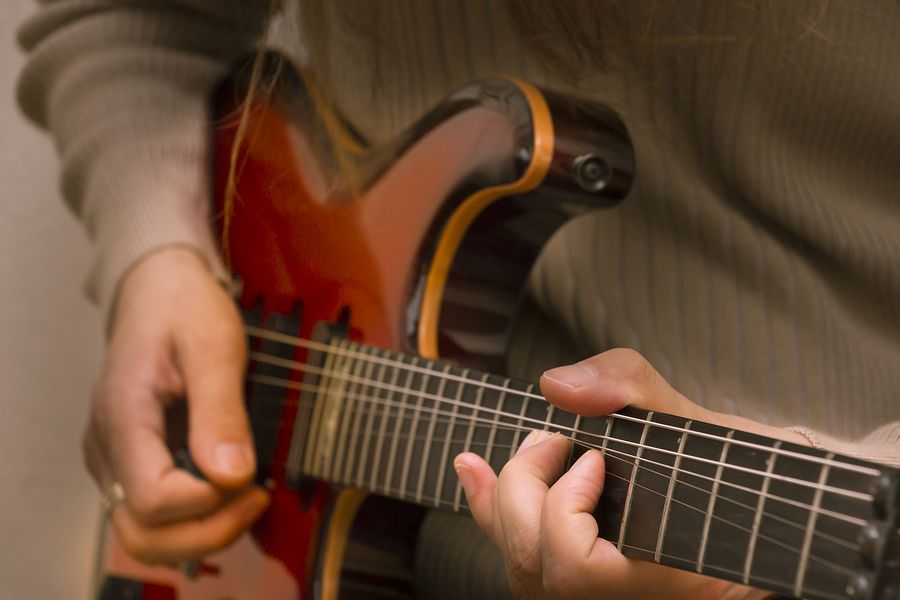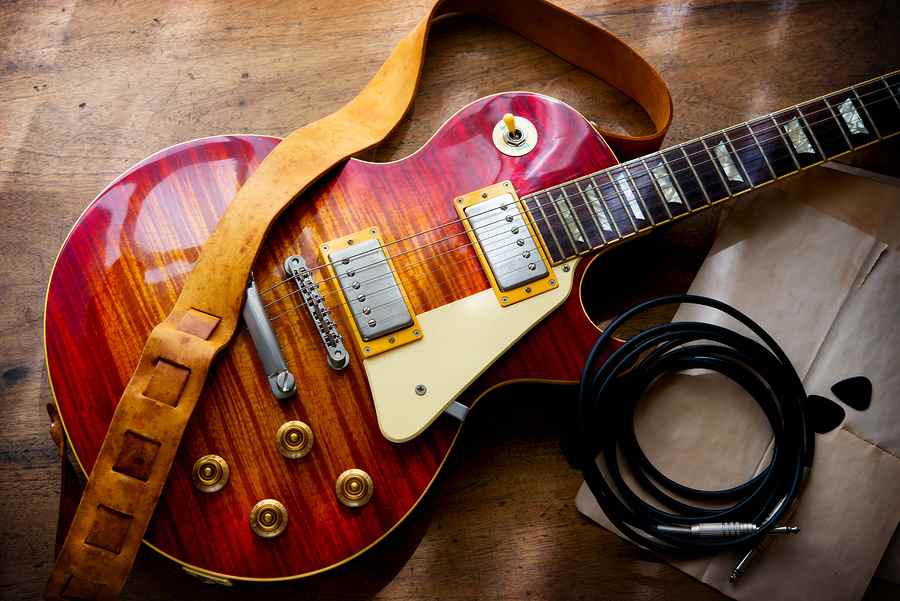
The major pentatonic scale is a guitarist’s go-to for creating solos that feel fresh, uplifting and bright. It’s the secret sauce behind some of the most memorable guitar solos in music history. You’ll find these solos in country music a lot of the time, but also in classic rock (The Eagles), folk (Hank Williams), blues (Freddy King, John Mayer) and pop music (The Beatles).
Major Pentatonic Scale vs Minor Pentatonic Scale
The major pentatonic scale (Formula: 1, 2, 3, 5, 6) and minor pentatonic scale ((Formula: 1, ♭3, 4, 5, ♭7)) have their differences. The minor pentatonic scale offers a more bluesy, darker feel and is ideal for minor keys or blues progressions. Although they share the same set of notes in their relative forms, the starting note and tonal center determine their distinct emotional impact.
The major pentatonic scale is derived from the major scale (Formula: 1, 2, 3, 4, 5, 6, 7), but with two notes removed: the 4th and 7th degrees. This makes the scale sound “open” and free of dissonance.
Continue Reading When I first started playing electric guitar (4 years after I picked up the acoustic guitar) all I wanted to do is learn those almighty guitar solos of Slash, Nuno Bettencourt, Joe Satriani, Stevie Ray Vaughan, Scott Henderson, Marty Friedman, Kirk Hammet, Dimebag Darrel and other great legends.
When I first started playing electric guitar (4 years after I picked up the acoustic guitar) all I wanted to do is learn those almighty guitar solos of Slash, Nuno Bettencourt, Joe Satriani, Stevie Ray Vaughan, Scott Henderson, Marty Friedman, Kirk Hammet, Dimebag Darrel and other great legends. For guitar players who starting out learning to improvise, it can be quite a challenge.
For guitar players who starting out learning to improvise, it can be quite a challenge. We all have our personal favorite “greatest guitar solo of all time ever”. And the beauty is, you can’t argue with that. Everyone has a different taste.
We all have our personal favorite “greatest guitar solo of all time ever”. And the beauty is, you can’t argue with that. Everyone has a different taste.